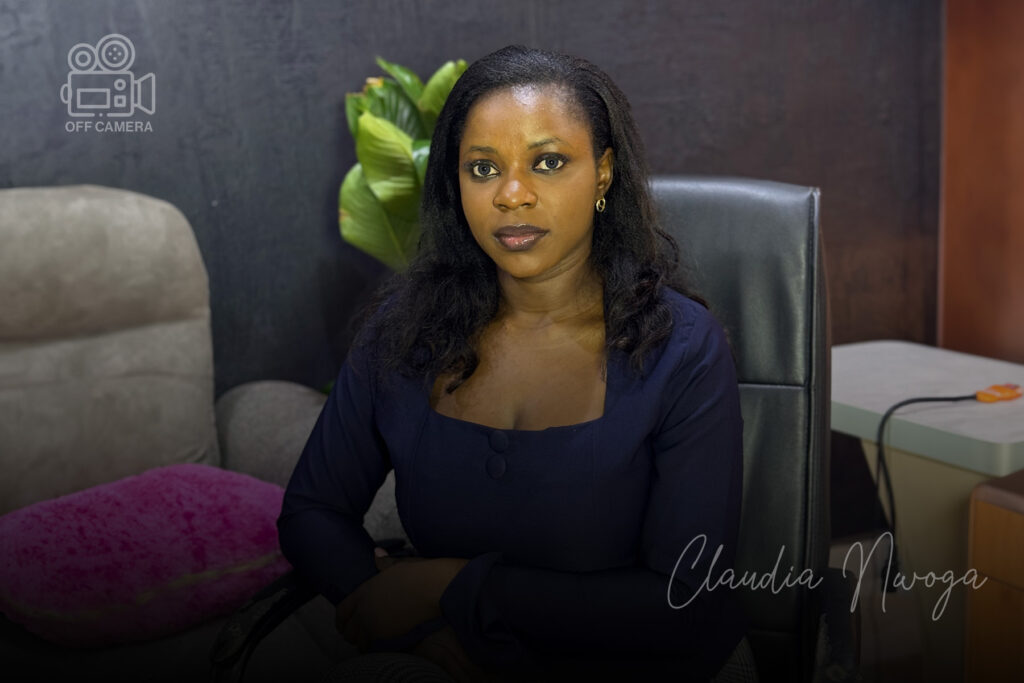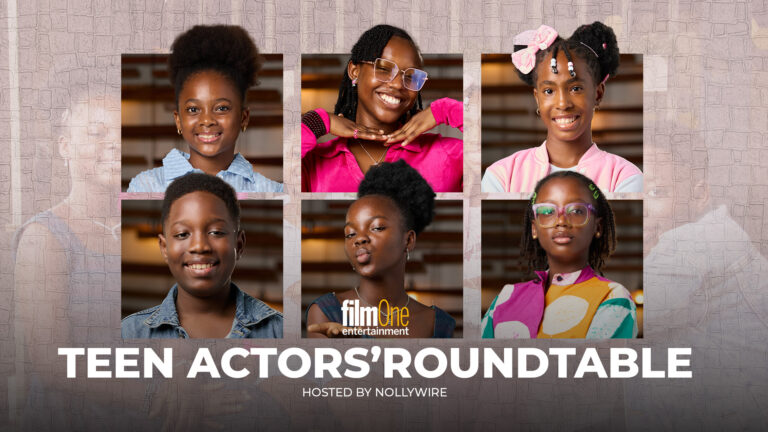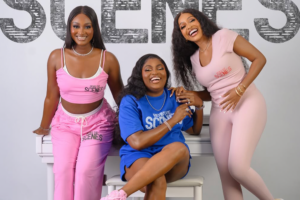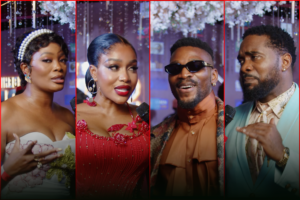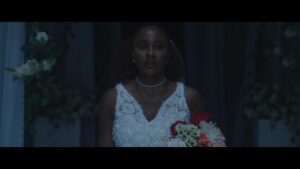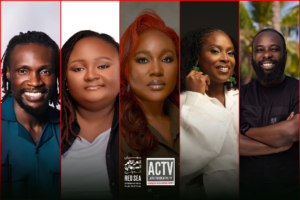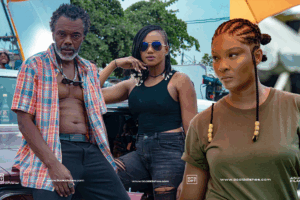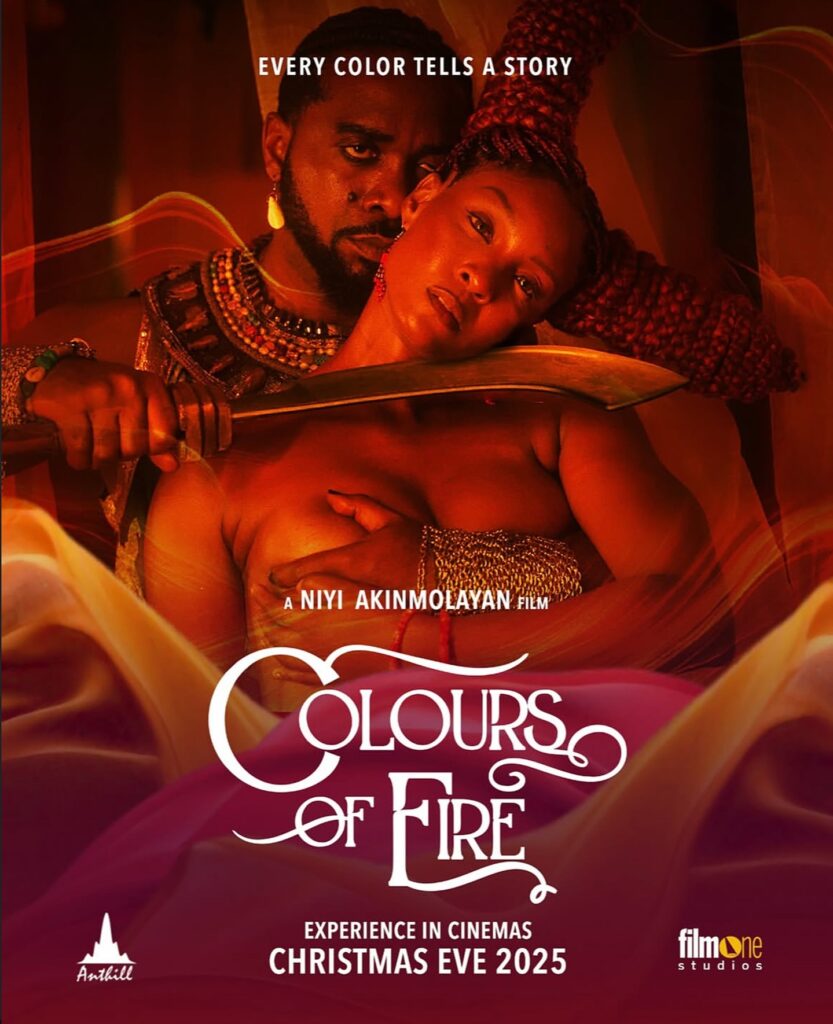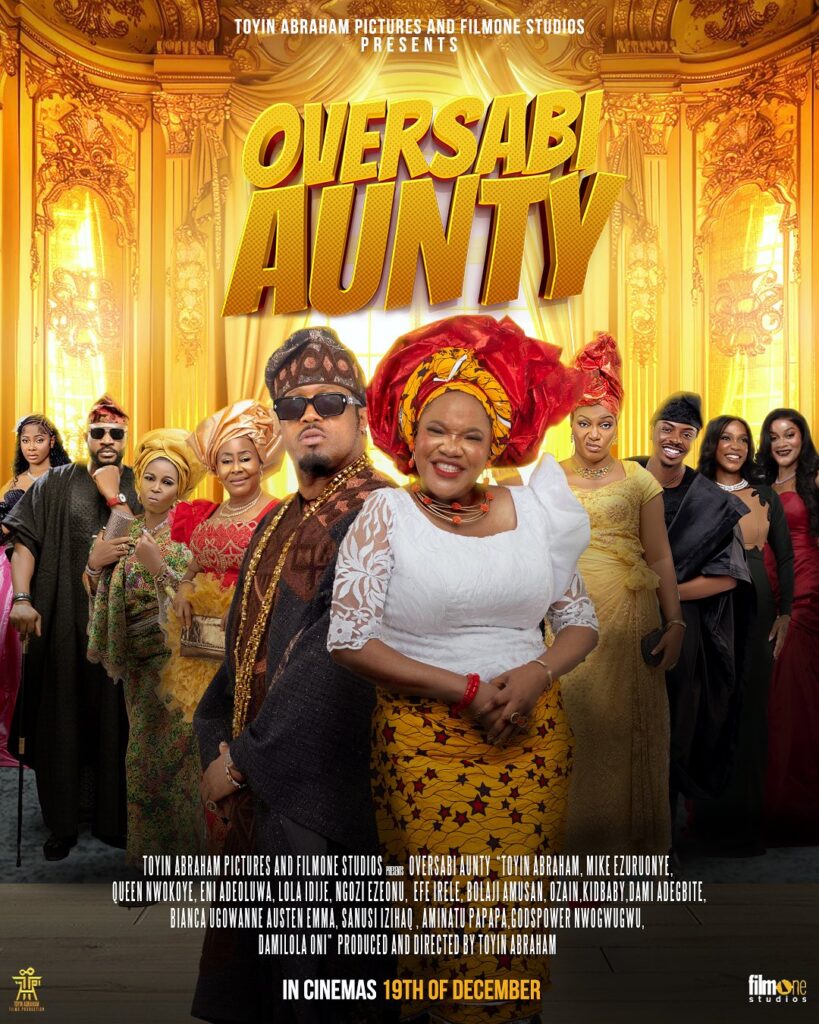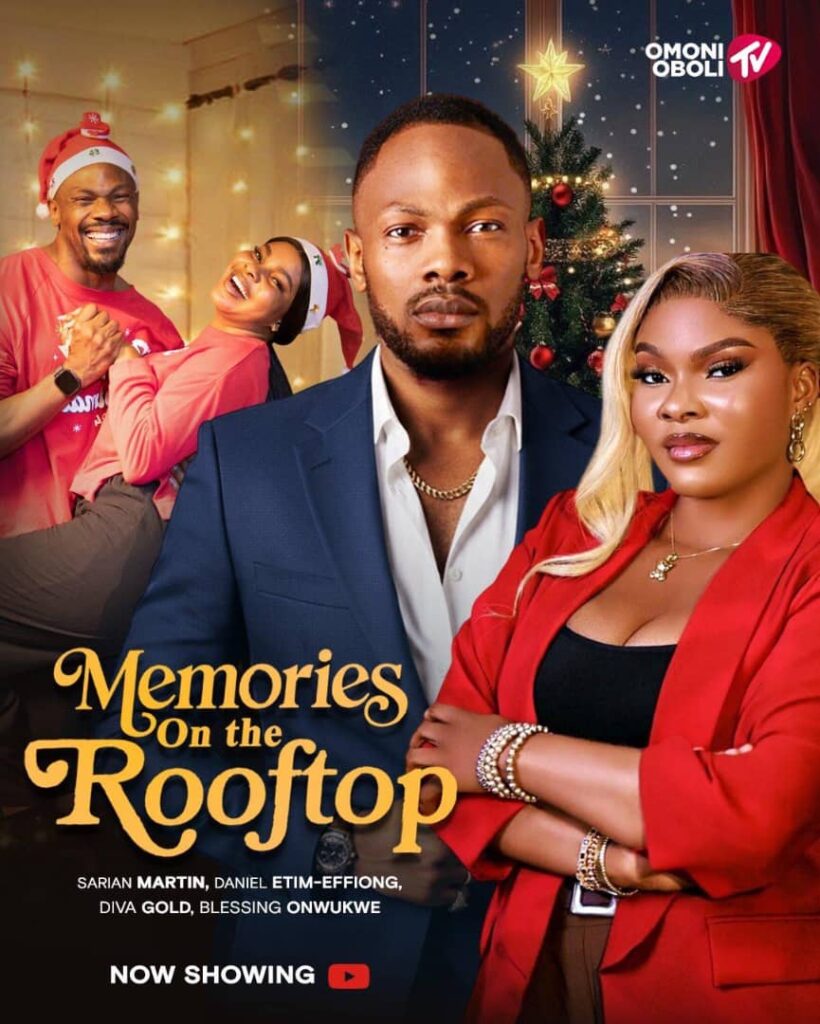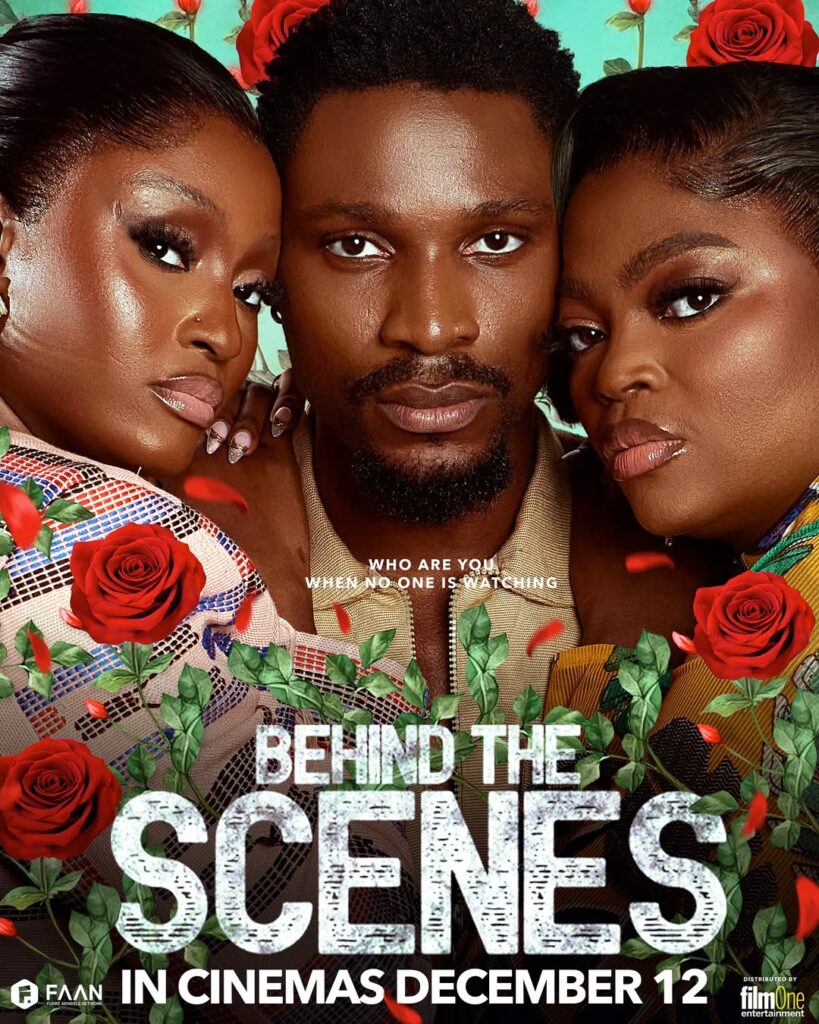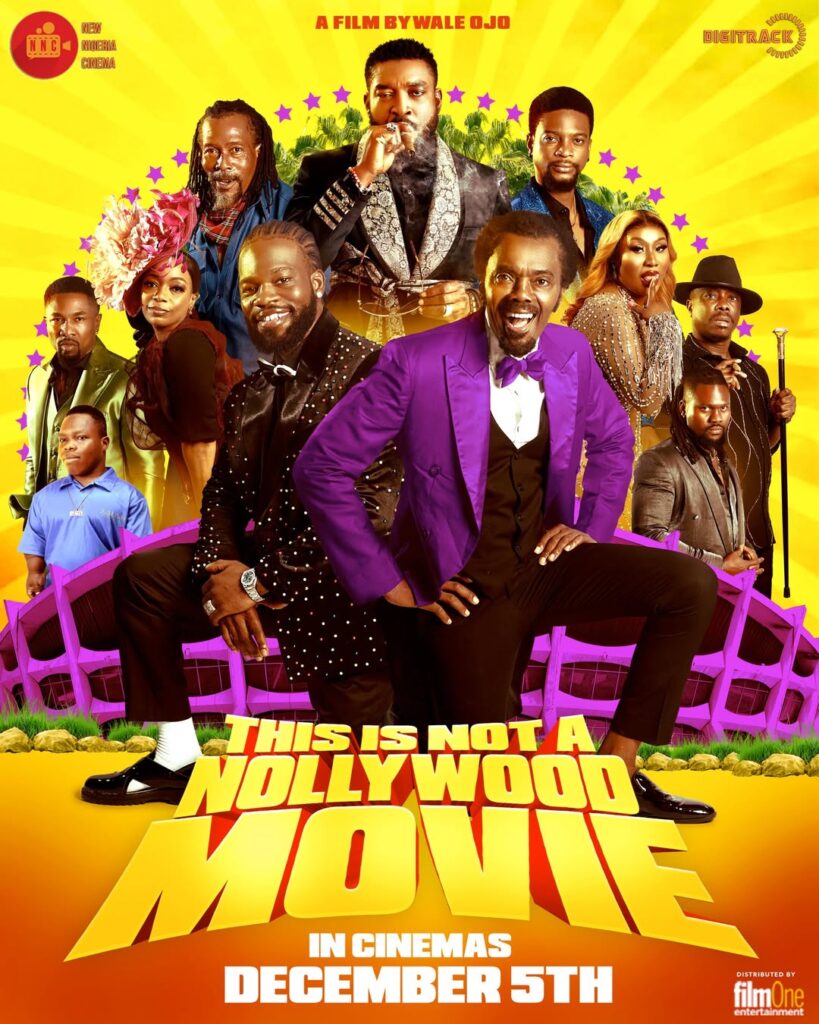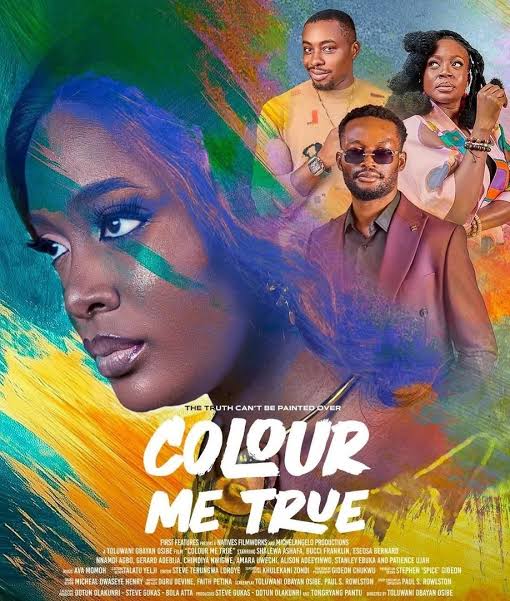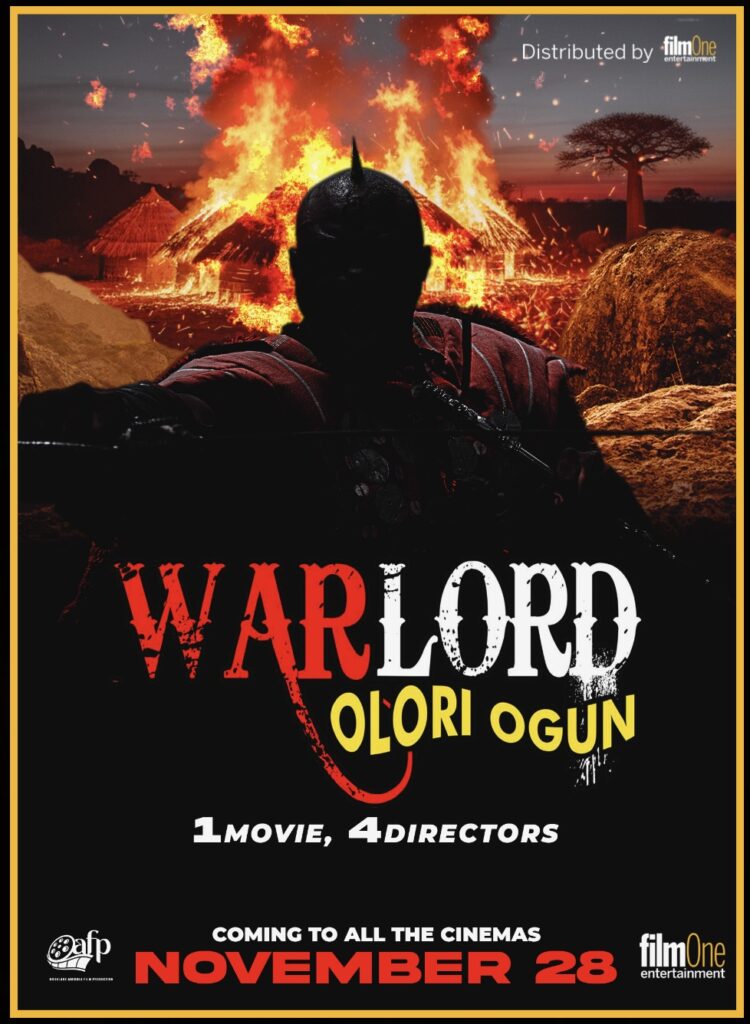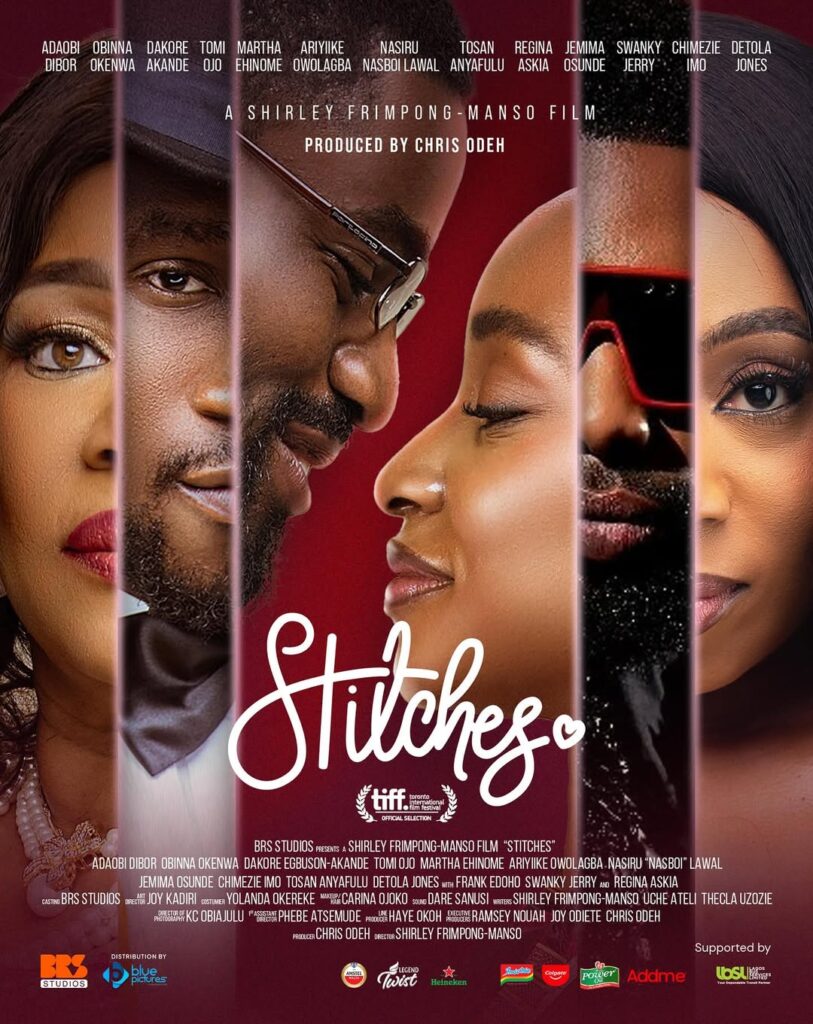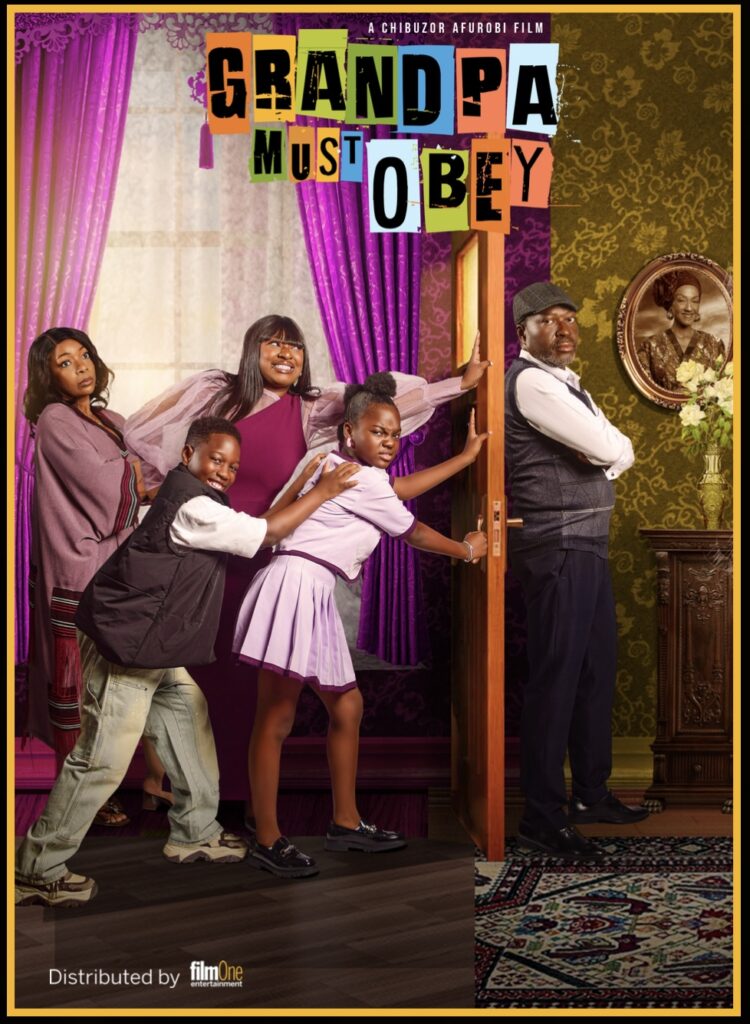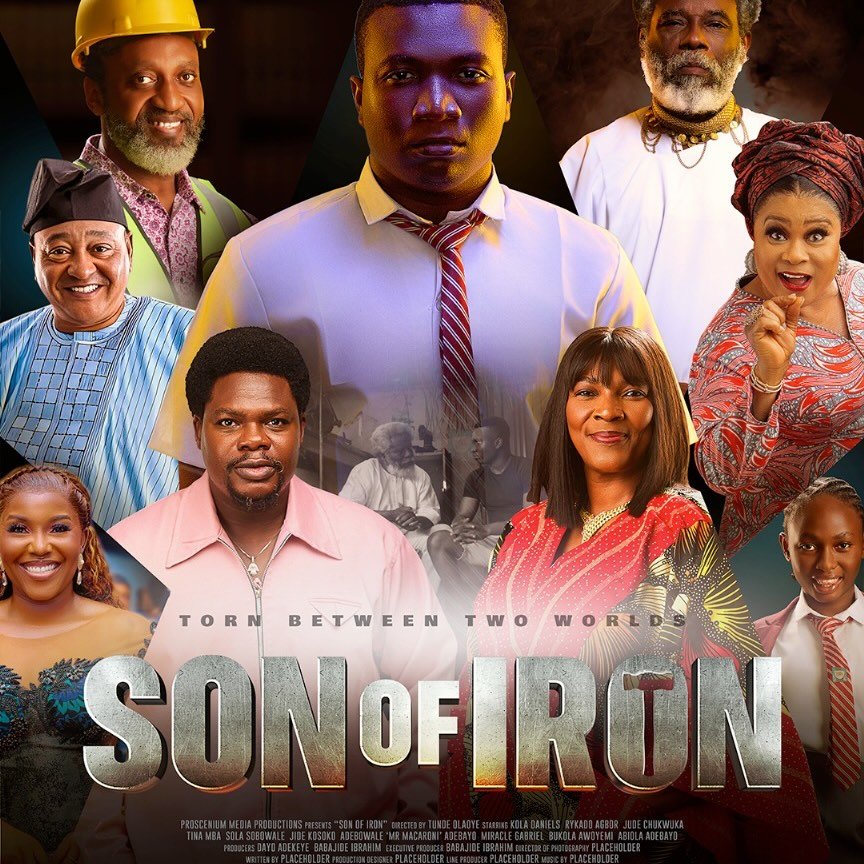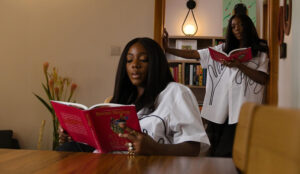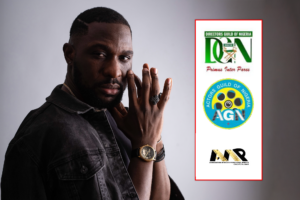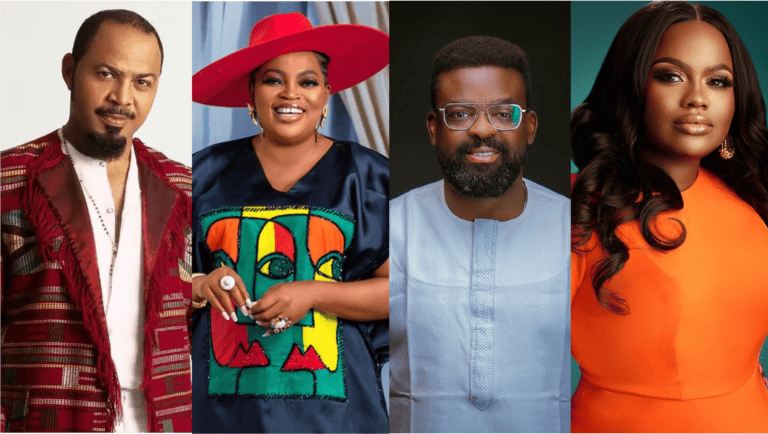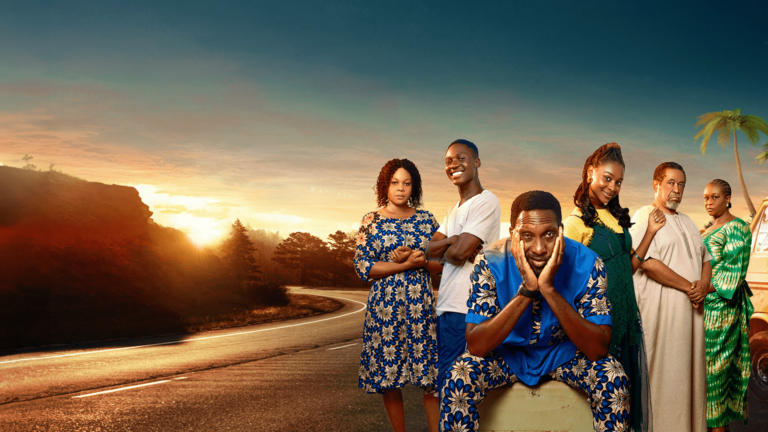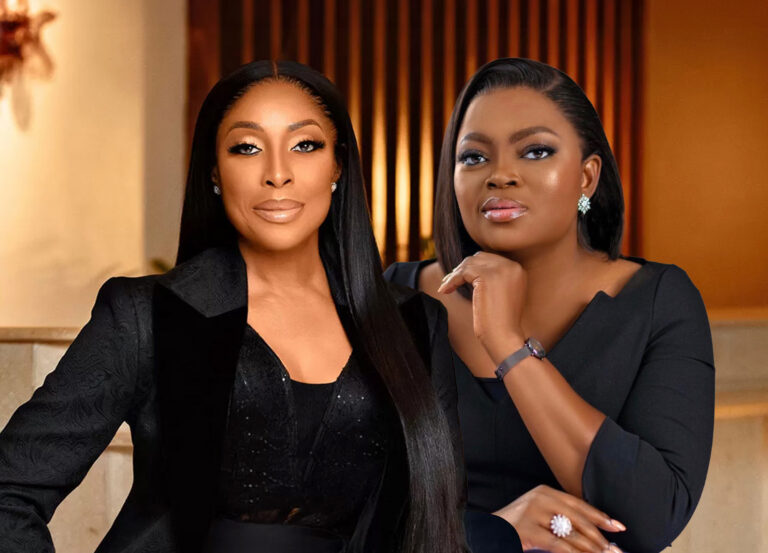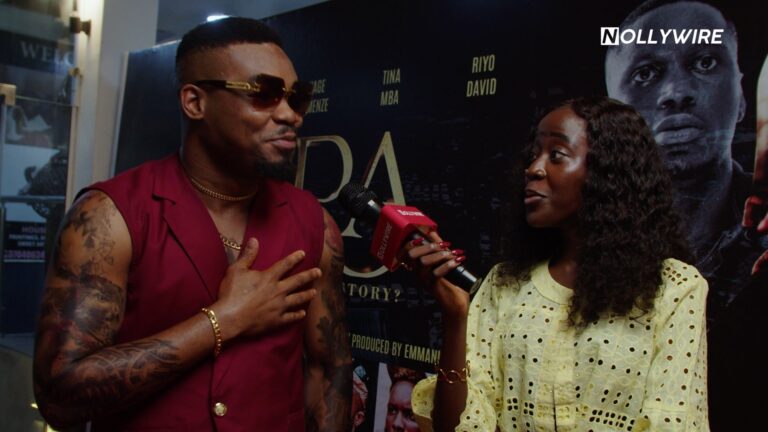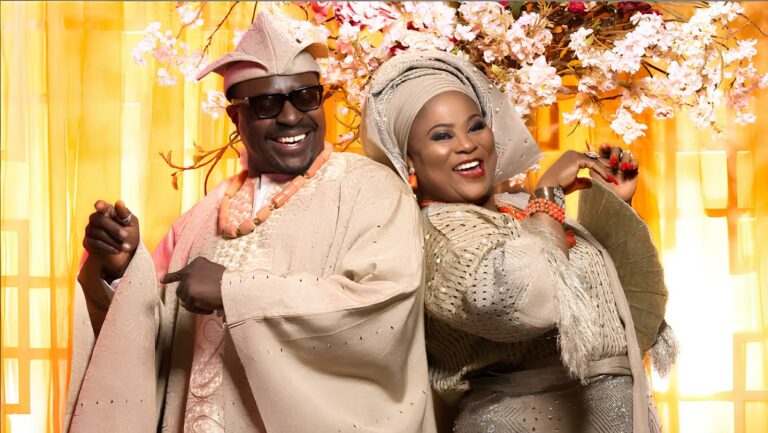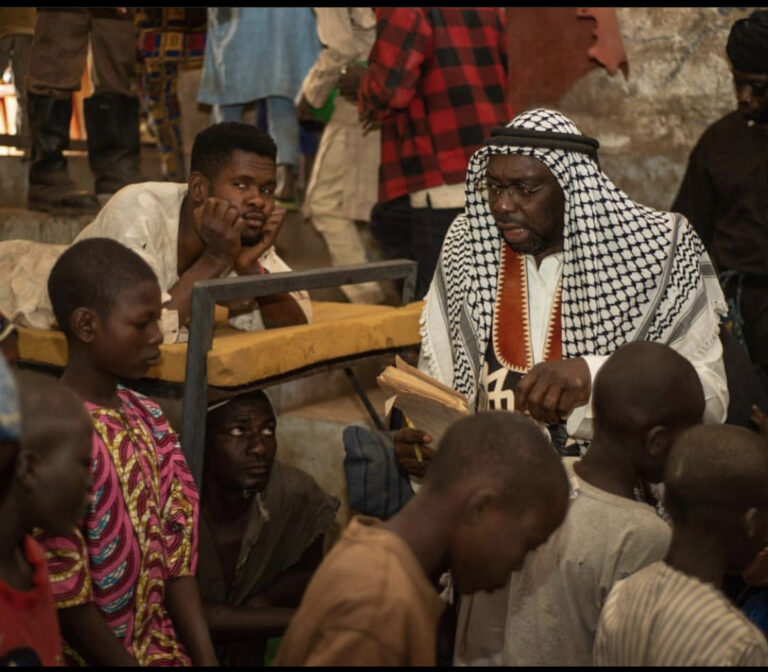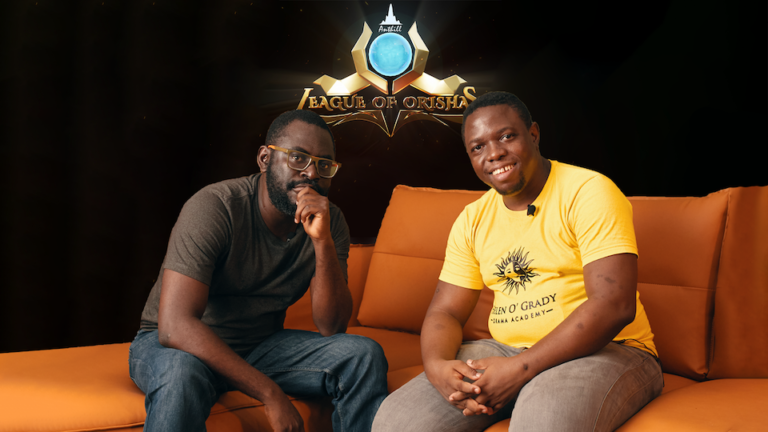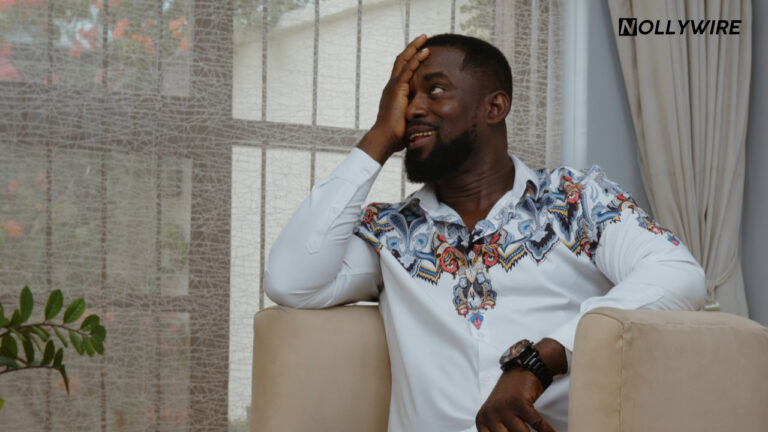Unlike many filmmakers, Mary Claudia Nwoga didn’t grow up with a film obsession, a love for Nollywood, Hollywood, or both. She simply sauntered into the path. The award-winning visual effects artist hadn’t planned for a life in film at all. She studied criminology, was applying for a master’s degree in forensic psychology, and seemed poised for an entirely different future.
“I wasn’t that person who always knew,” she says. “But I’ve always loved work. Anything I find myself doing, I want to do it well.” That commitment to excellence is what got her in the door—first, as an intern at Anthill Studios—and eventually led to her discovering a medium she didn’t even know she loved: VFX. “I think I fell in love with it because it felt like magic. It felt like storytelling,” she says. That first project was ‘Day of Destiny,’ a time-travel film filled with glowing orbs and shimmering effects. By the end, she was hooked.
In just a few years, Nwoga has become one of Nollywood’s leading VFX voices. She’s worked on ‘Jagun Jagun,’ ‘Mikolo,’ ‘Seven Doors,’ ‘House of Secrets,’ ‘Casa de Novia,‘ and more. Her win at the Africa Movie Academy Awards (AMAA) for Best VFX brought visibility to a field still largely misunderstood. And now, from her seat at Anthill Studios, she’s advocating for better systems, earlier collaboration, and greater representation of women in technical roles.
In this edition of Off Camera, Mary Claudia Nwoga walks us through her process and why good VFX isn’t about showing off but making the impossible feel like it was always there.
Before we dive too deep, how would you explain what VFX actually is, especially to someone in Nollywood who still sees it as “computer magic”? What does your work really involve, and what do people often misunderstand about it?
Most people think VFX is just explosions and creatures, things flying and bursting into flames. And yes, those are fun. But VFX is really about enhancing a story. It’s finding ways to tell that story more powerfully, sometimes quietly, sometimes loudly.
Take ‘Lisabi,’ for example. A lot of people didn’t realise how much of that palace was extended in post. We added foliage, landscapes, and even statues. It looked seamless, so people assumed it was part of the real set. That’s when VFX is working at its best—when you don’t even notice it’s there.
And beyond what happens after shooting, VFX starts long before post-production. I sit by the monitor on set not just to supervise but to help us avoid problems. To shoot scenes in a way that limits unnecessary post work. Sometimes we trick the camera with practical effects. Sometimes we shoot in a way that allows for smoother enhancement later. The work spans across the entire filmmaking process, not just after the cameras stop rolling.
VFX in Nollywood often has to do so much with so little. What does your process look like when you get a script? Do you immediately see the VFX possibilities in your head, or do you wait to hear the director’s vision first before imagining your own interventions?
At Anthill, we approach it as a collaborative process. I’m often involved from the script stage, even before the project is greenlit. I’ll read a draft and start making notes—highlighting where we might need VFX, where we can use practical tricks, and where we can challenge ourselves creatively.
I also do a deep breakdown. I colour-code the scripts, tag scenes by what they’ll need, and prepare documents that outline camera needs, lighting, props, 3D scans, and more. That way, I can have meaningful conversations early with the director, cinematographer, and even the gaffer. We make sure everyone’s on the same page.
It’s not just about adding effects. It’s about reducing stress later. It’s about saying, “Don’t put someone in a green costume if we’re using a green screen,” or “Let’s make a version of this prop that glows so I can add the blade later.” These early details save us when time becomes tight and in Nollywood, time is always tight.
One of the things VFX does is extend reality and make the impossible look like it was always there. How do you balance spectacle and subtlety in your work? Are you more drawn to effects that are loud and showy or quiet and seamless?
I love the quiet ones. The birds flying in ‘Seven Doors’—people kept messaging me like, “Wow, how did you get them to fly so perfectly?” They didn’t realise those birds were fully done in post. But the lighting, the shadows, and the composition—it all felt real. That’s the beauty of good VFX.
It’s not that I don’t enjoy showy moments—the fire bursts, the lightning, the transformations. Those are fun too. But there’s something deeply satisfying when an effect is invisible, when it becomes part of the story’s texture and people don’t even notice. That’s when I know we’ve done it right.
On a film like ‘Jagun Jagun,’ where the scale is mythic and the world is not bound by realism, how did you approach creating a visual language that still felt grounded? What were your biggest technical or artistic challenges on that set?
Our biggest challenge? Time. In Nigeria, we don’t get the luxury of a year or two of post-production. We’re lucky if we get three months. And when you’re doing world-building at scale—creatures, mystical powers, environment extensions—you need more time than that.
So we start early. Before shooting begins, we’re already modelling assets, designing beasts, and working on the look and feel of the world. But even then, there’s client feedback, sometimes unclear and often delayed, and that slows things down. VFX is subjective. I might love a beast design, and the client might say, “No, I was imagining something else,” without being able to explain what exactly that is.
We also struggle with equipment. Rendering a scene can take days, and you need power, good machines, and strong internet. It’s not always available. Then there’s audience perception—Nigerians are quick to critique. They don’t extend the same grace to local fantasy films the way they do foreign ones. If someone’s flying in a Hollywood film, no one blinks. But if we show an African masquerade doing something imaginative, people say, “That’s not how it works.” We’re constantly trying to educate and push boundaries.
You’ve also worked as a props manager and editor. Do you think the average viewer realises how connected these roles are to the success of VFX? How does your experience across departments sharpen your eye for the work you do now?
Honestly, people still don’t know. Even my family, when they try to explain what I do, they say, “She edited the film.” It’s wild. But working across departments helps me think ahead. As a props manager, I know what needs to be built in a way that makes post-work easier. Like, I’ll tell the props team, “Make a version of the sword without the blade so I can add it digitally later.”
Costumes too, I’ll say, “Don’t wear green here.” As an editor, I’ll suggest shots that better serve the VFX later. Having that full-picture view helps me plan smarter and speak the language of each department. That’s so important for smooth collaboration.
What does collaboration look like for you? Do you often have to convince directors or producers of what’s possible with VFX, or do you find they rely on you too late when the shot is already done and they’re hoping you can ‘fix it’?
Unfortunately, “Fix it in post” is still a thing. But I always say: the earlier you bring in VFX, the fewer problems you’ll have later. It’s frustrating when a director who doesn’t understand VFX tries to do a VFX-heavy film and doesn’t involve you until the last minute. You show up with a 3D scanner and they’re confused, like, “Why are you wasting time?”
But when we collaborate early, everything flows better. I can guide lighting choices, shot angles, and even prop placement. Everyone gets on board. And in the end, the film benefits from that foresight.
You’re a woman working in a highly technical field in Nollywood and there aren’t many others. Do you feel seen? What are the structural or cultural shifts you wish would happen to make this path easier for women coming behind you?
Most people don’t expect a woman when they hear “VFX artist.” It’s still male-dominated. And there’s a lot of gatekeeping. It’s like they’re saying, “How dare you grow this fast? How dare you be this good in six years?”
So as a woman, I’ve learnt to work twice as hard. You have to constantly evolve and constantly push yourself. Do things differently. Find your niche. And most importantly, be undeniable.
What I want to see is structural support: more workshops, more mentorship, and more spaces that actively welcome women. And recognition. If a woman is doing the work, let her shine. Don’t size her up before you see her results.
Finally, what’s your dream VFX brief, the kind of project where budget isn’t the issue and the director actually listens? What kind of story or aesthetic challenge would you love to take on if the industry fully trusted you to lead?
A fusion of live-action and animation. That’s my dream. Something with zombies, something fantastical—but deeply Nigerian. A world that lets me experiment visually and tell stories that blow minds but are also set in familiar Lagos streets. I want that creative freedom. The space to say, “This isn’t working; let’s try again,” and not be afraid of the time or cost.

